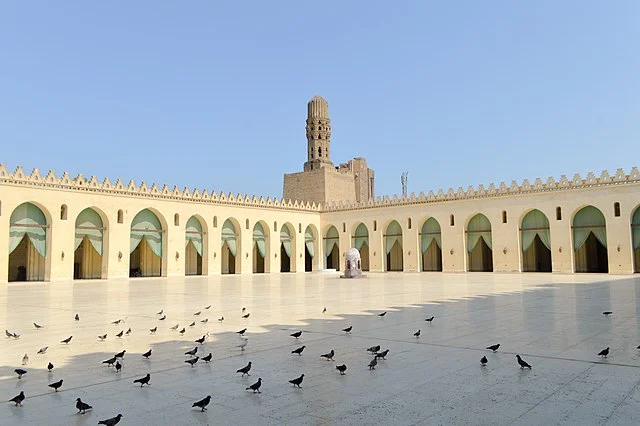Al-Hakim Mosque, located in Cairo, Egypt, is one of the oldest surviving mosques in the region. This significant structure combines Fatimid architectural innovation with historical importance. Built under the reign of the sixth Fatimid caliph, Al-Hakim bi-Amr Allah, the mosque reflects a period when the Fatimid Caliphate aimed to expand its cultural and religious influence. Al-Hakim ruled from AD 996 to 1021, a time marked by architectural advancements across Cairo.
Get your dose of History via Email
Historical Background
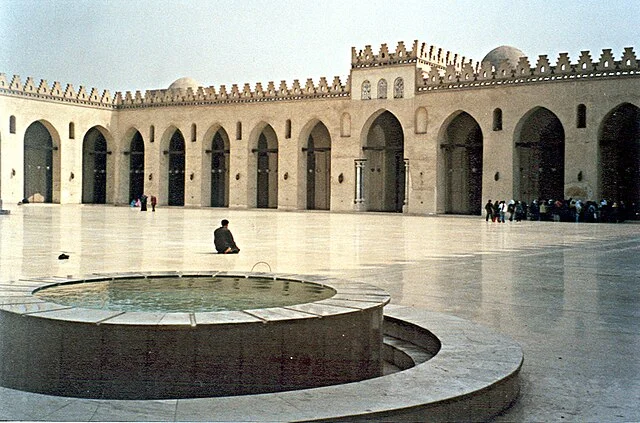
Construction on the mosque began under Al-Hakim’s father, Caliph Al-Aziz Billah, in AD 990. However, it was completed in AD 1013 under Al-Hakim’s directive. During this period, Cairo was experiencing rapid development as the Fatimid capital. Al-Hakim’s reign, although controversial due to his unconventional policies, contributed to the expansion of Cairo’s infrastructure, including religious and civic buildings.
Originally intended as a congregational mosque, Al-Hakim Mosque served Cairo’s growing Muslim community. However, it also represented Fatimid authority and aspirations for dominance in the Islamic world.
Architectural Significance
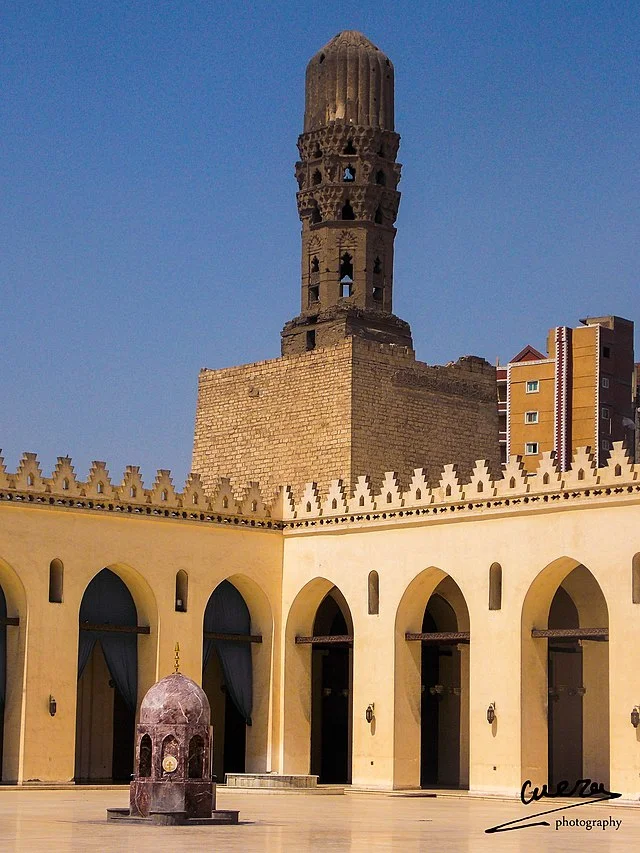
Al-Hakim Mosque exemplifies early Fatimid architectural style, influenced by previous Islamic and local Egyptian styles. The mosque’s design incorporates a large rectangular courtyard, surrounded by an arcaded portico. Notable features include its two prominent minarets, among the earliest examples of stone minarets in Egypt.
The mosque’s minarets are unique for their irregular bases, thought to be influenced by Pharaonic architecture. These minarets were originally topped with wooden domes, which were later replaced by stone structures. Al-Hakim’s mosque also features an impressive central portal, which displays intricate stonework, showcasing the Fatimids’ skilled craftsmanship.
Modifications and Restorations
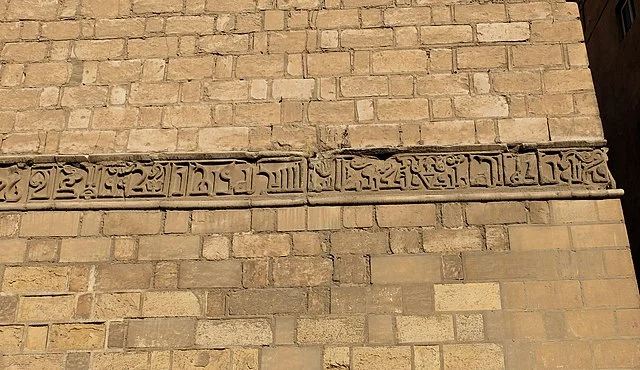
Throughout its history, Al-Hakim Mosque has undergone various restorations. In AD 1303, an earthquake damaged parts of Cairo, including the mosque. The Mamluk Sultan Al-Nasir Muhammad initiated repairs, reinforcing the structure and replacing damaged elements.
By the 19th century, however, the mosque had fallen into disrepair. In the late 1800s, it was even used as a military barracks and storage facility by Egyptian forces. In the 20th century, significant restoration efforts were launched. The Dawoodi Bohra community, an Ismaili Shia group, undertook a major restoration in the 1980s, returning the mosque to its original form. Today, Al-Hakim Mosque stands as a well-preserved example of early Islamic architecture in Egypt.
Cultural and Religious Influence
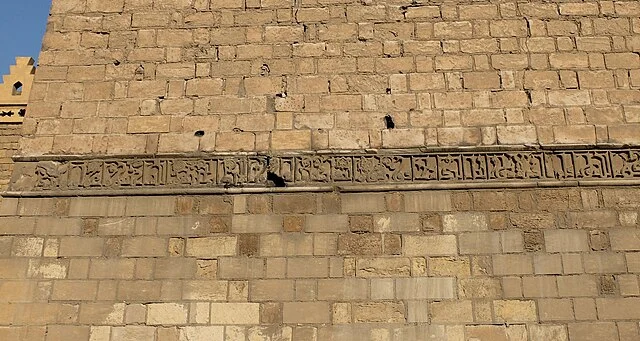
Al-Hakim Mosque played an essential role in Cairo’s religious life. Its large size made it suitable for communal prayers, and its design set a precedent for subsequent mosques in the region. The Fatimids, an Ismaili Shia dynasty, promoted their beliefs through such structures, influencing Cairo’s identity as a center for Islamic learning and culture.
Over the centuries, the mosque has been a focal point for various religious communities. Even during periods when it was unused, its historical and architectural significance attracted scholarly attention and preservation efforts.
Legacy of Al-Hakim bi-Amr Allah
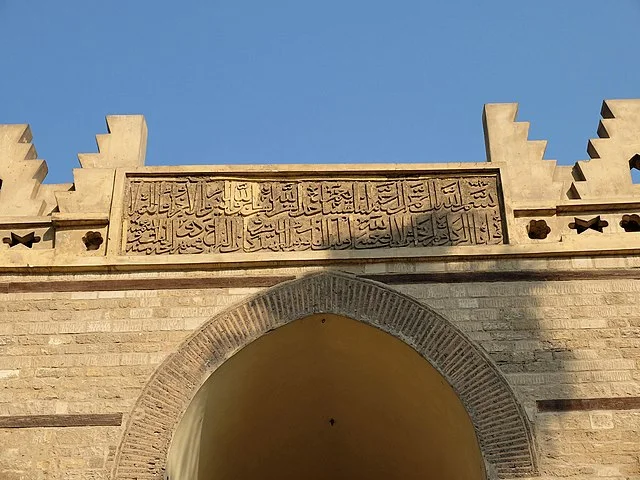
Caliph Al-Hakim’s legacy remains complex. Known for both his patronage of architecture and his erratic policies, he left a lasting impact on Cairo. His contributions to the city’s infrastructure, including Al-Hakim Mosque, solidified Cairo’s place in the Islamic world. Although his rule was marked by controversy, his architectural patronage reflected a commitment to cultural expression.
Conclusion
Al-Hakim Mosque is a symbol of the Fatimid era in Cairo. Its architectural innovations, historical significance, and restoration efforts underscore its role in Egypt’s religious and cultural heritage. Despite centuries of challenges, the mosque endures as a monument to Cairo’s Islamic architectural legacy. Today, it remains a place of worship, reflection, and admiration, highlighting the rich history of Cairo and the enduring influence of the Fatimid dynasty.
Source:

